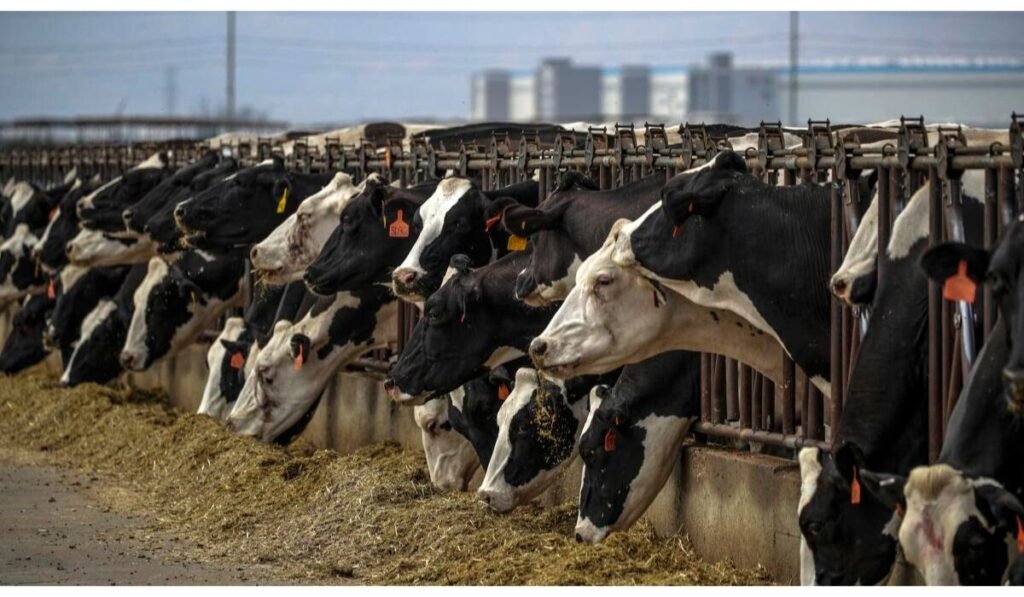Two dairy workers in California were infected with bird flu, the 15th and 16th human cases detected this year in an ongoing outbreak affecting the nation’s dairy cows, health officials said Thursday. #CaliforniaBirdFlu
The latest cases were reported in workers who had contact with infected cattle in California’s Central Valley. Over 50 herds have been affected since August. The workers experienced eye redness, known as conjunctivitis, along with mild symptoms.
California health officials reported that the workers were employed at different farms. They suggested that the infections occurred through animal contact, not from people.
The U.S. Centers for Disease Control and Prevention confirmed the first positive bird flu test results in California. CDC officials stated that new human cases are “not unexpected.” They emphasized that the risk to the public remains low.
Across the U.S., more than 250 dairy herds have been infected in 14 states since the outbreak of H5N1 avian influenza was confirmed in March. Avian influenza has been spreading in wild and domestic birds in the U.S. for several years but recently was found in dairy cows.
Before this year, only one case of bird flu was detected in a person, a Colorado poultry worker in 2022. Most cases this year involve workers who had contact with cattle or poultry in Colorado, Michigan, and Texas. Additionally, a person in Missouri was infected without known animal contact, leaving the source of that illness undetermined.
The Associated Press Health and Science Department receives support from the Howard Hughes Medical Institute’s Science and Educational Media Group. However, the AP is solely responsible for all content. #CaliforniaBirdFlu
Strengthening Biosecurity: A Crucial Step Against California Bird Flu
Moreover, the California bird flu outbreak highlights the need for increased biosecurity measures on farms. Farmers must implement strict protocols to protect both livestock and human health. By doing so, they can reduce the risk of future infections.
read more








